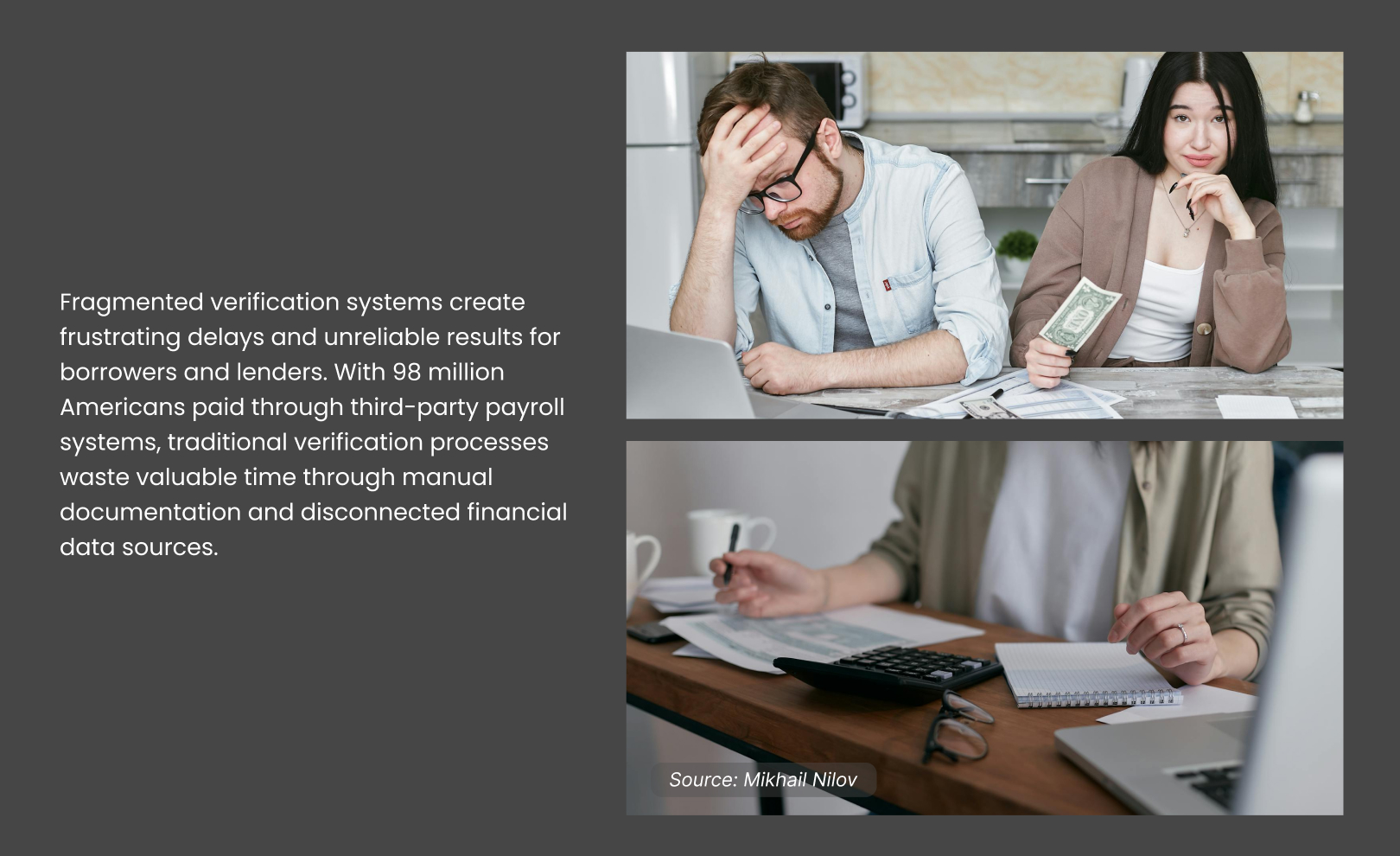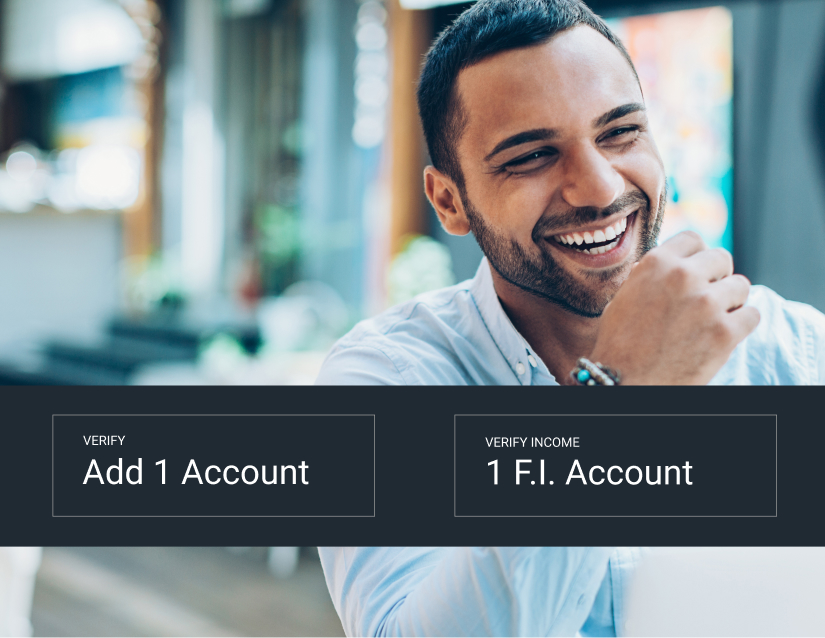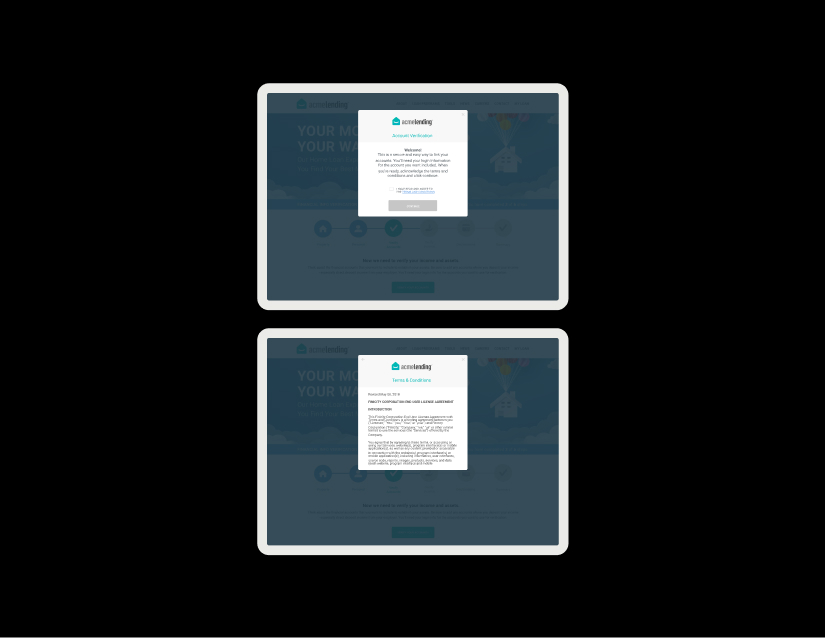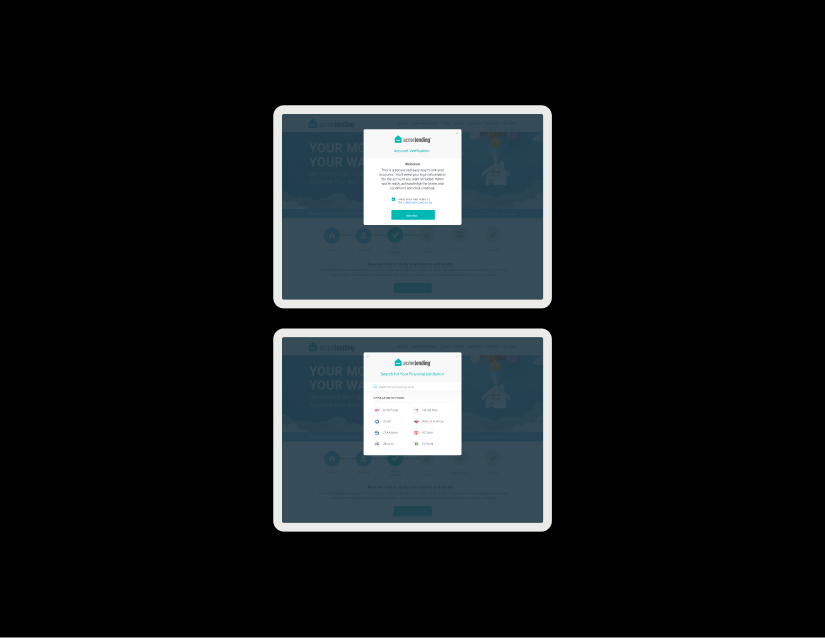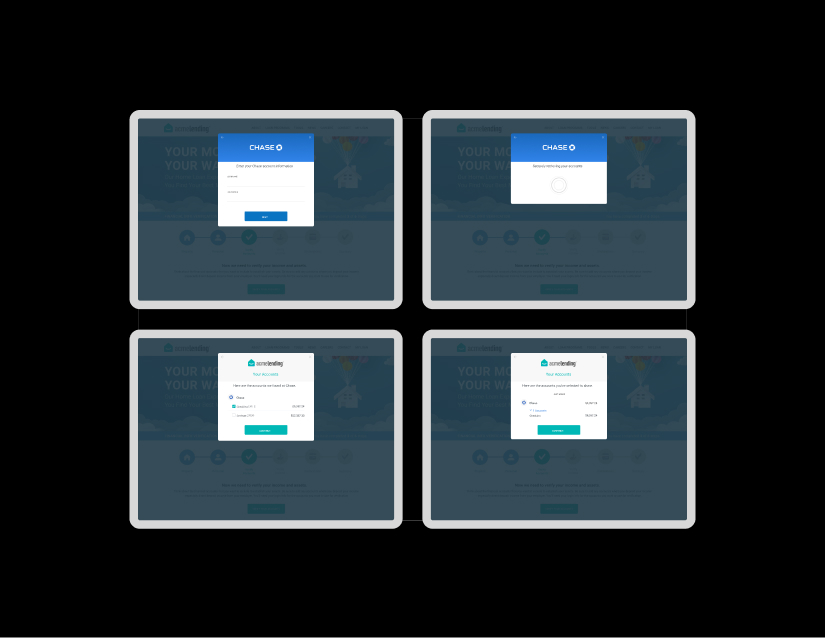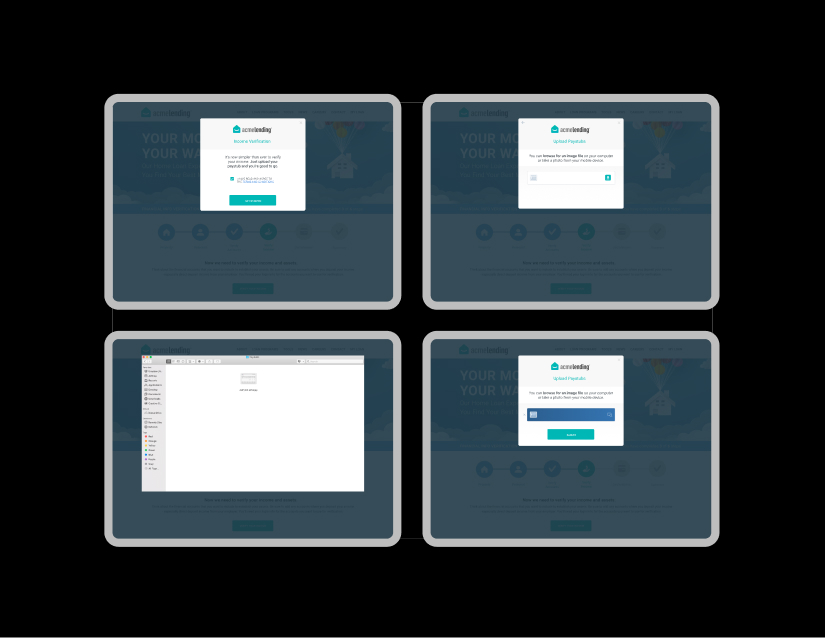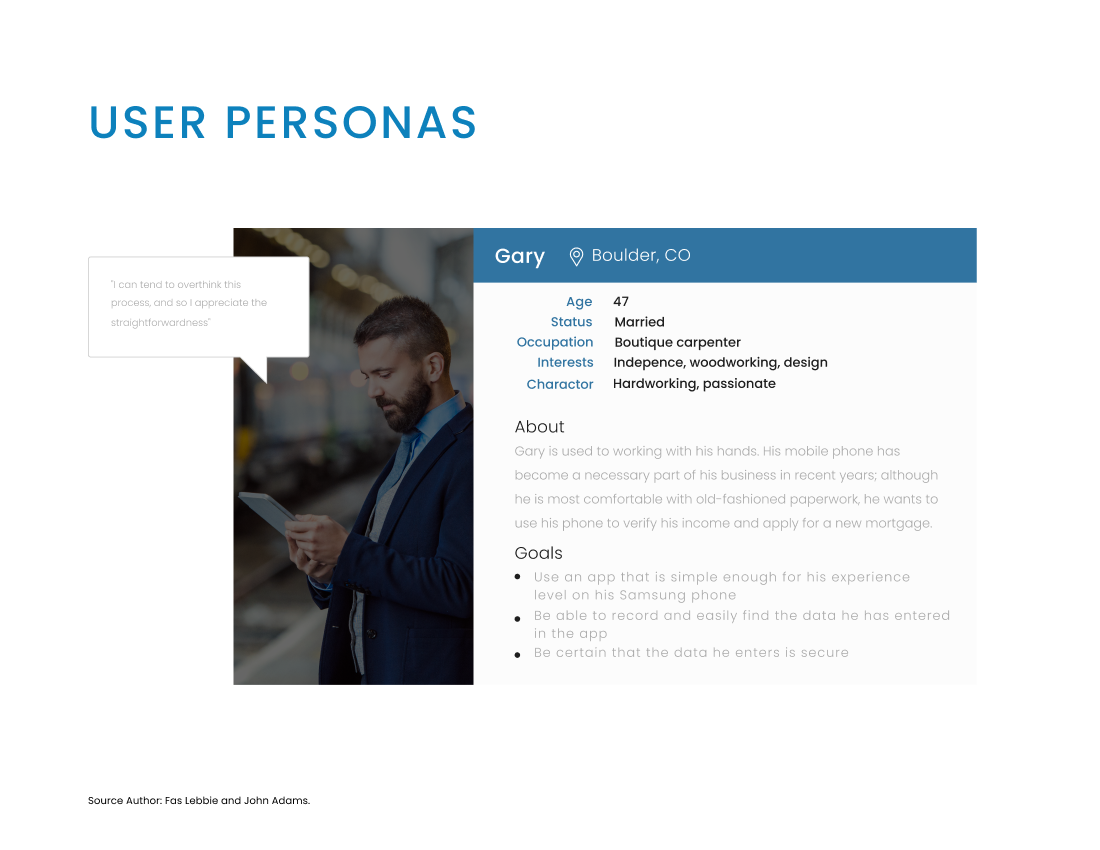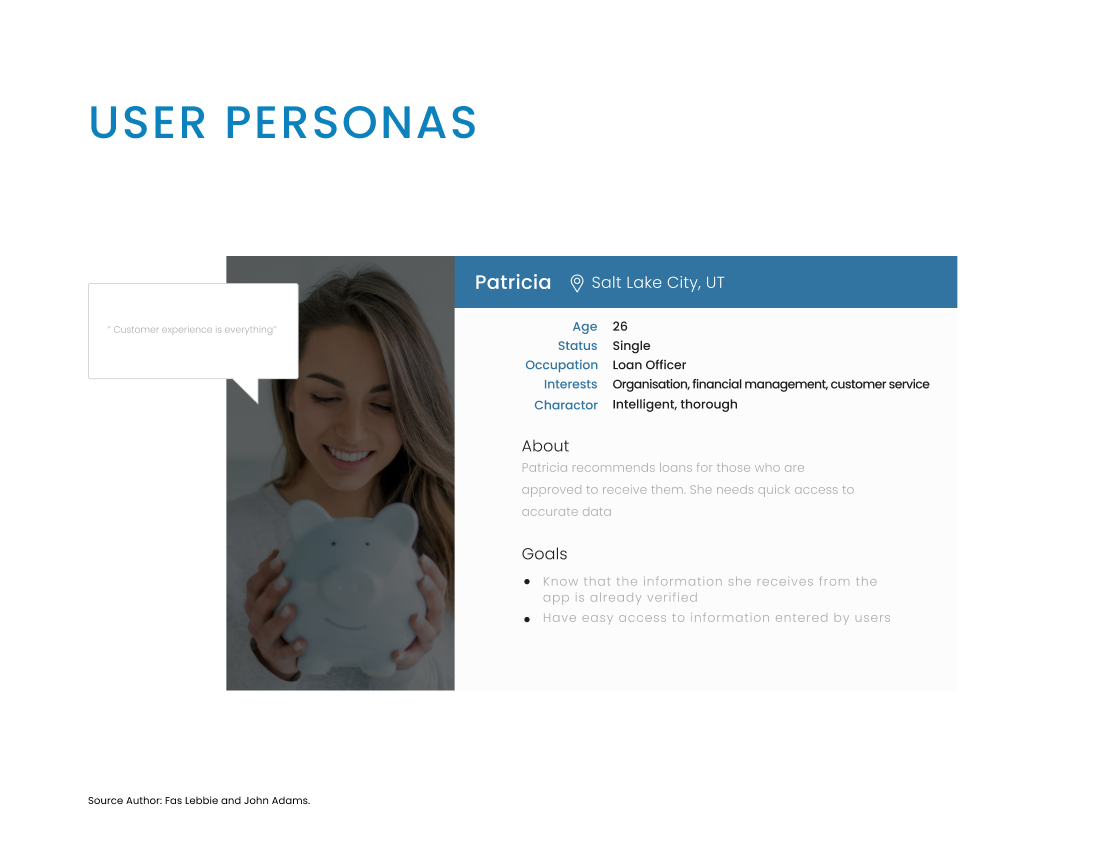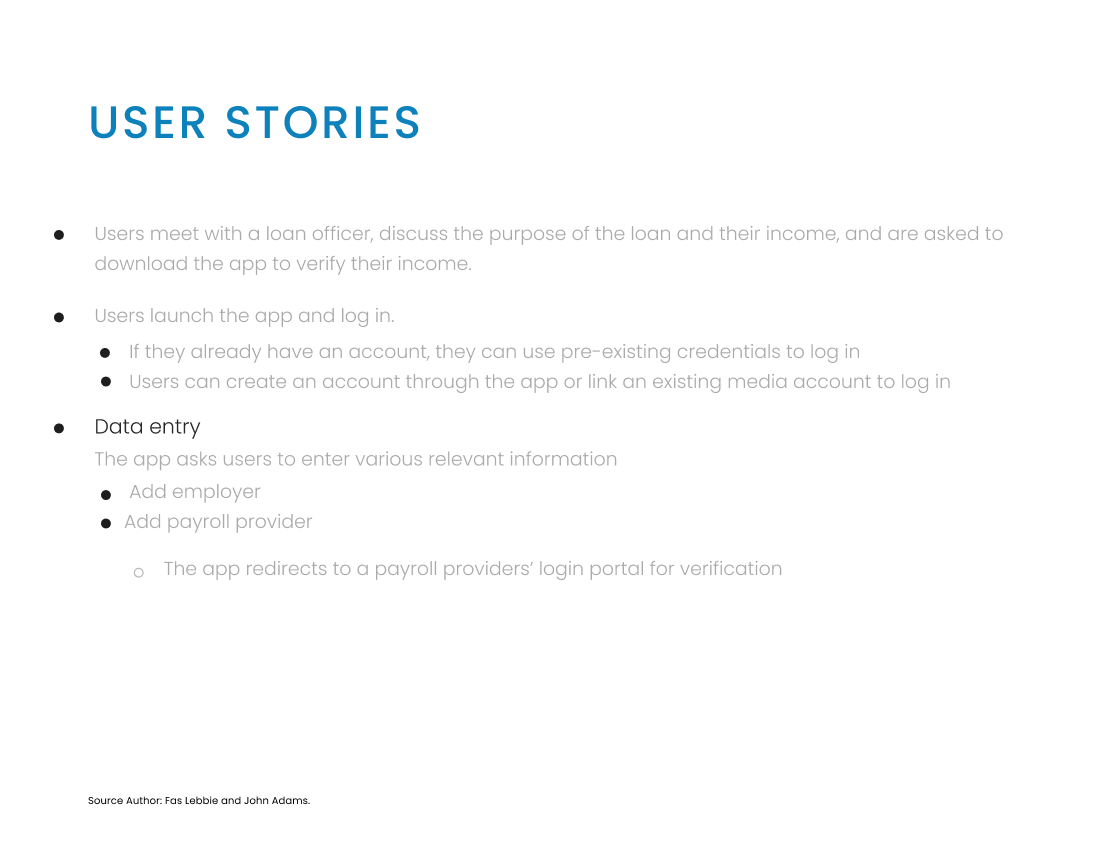Problem Context
The traditional income verification process for loans is often time-consuming, unreliable, and frustrating for financial institutions and consumers alike. Out of 156 million full-time workers in the US labor market, 98 million are paid through payroll providers or third parties, yet the verification systems aren’t designed to seamlessly connect with these digital payment channels. Instead, borrowers must manually collect, scan, and submit documents, while financial officers spend hours verifying their authenticity and completeness. The existing verification process typically requires borrowers to provide physical paystubs or bank statements, which must then be manually verified by loan officers, creating a significant bottleneck in the loan approval process. This discrepancy stems from verification systems that haven’t kept pace with digital financial practices, resulting in inefficient processes and delayed approvals. While digital lending has rapidly evolved, verification has remained largely paper-driven, requiring borrowers to submit documentation multiple times and financial institutions to perform repetitive verification steps. Traditional verification requires multiple touchpoints, frequent follow-ups, and complex document submissions that frustrate both borrowers and financial institutions.

